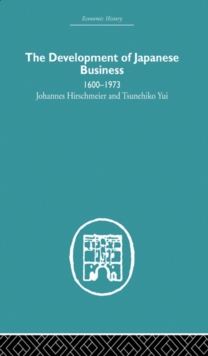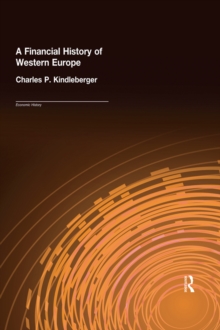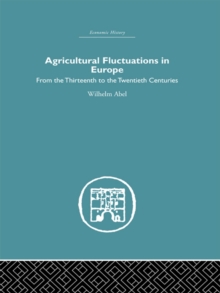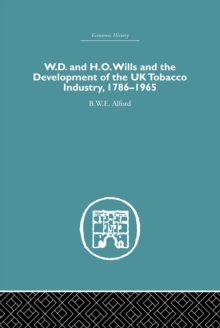
An Introduction to Quantitative Methods for Historians PDF
by Roderick Floud
Part of the Economic History series
Description
Many statements made by historians are quantitative statements, involving the use of measurable historical evidence. The historian who uses quantitative methods to analyse and interpret such information needs to be well acquainted with the particular methods and techniques of analysis and to be able to make the best use of the data that are available. There is an increasing need for training in such methods and in the interpretation of the large volume of literature now using quantitative techniques. Dr Floud's text, which is relevant to all branches of historical inquiry, provides a straightforward and intelligible introduction for all students and research workers.
The simpler and more useful techniques of descriptive and analytical statistics are described, up to the level of simple linear regression. Historical examples are used throughout, and great attention is paid to the need to ensure that the techniques are consistent with the quality of the data and with the historical problems they are intended to solve. Attention is paid to problems of the analysis of time series, which are of particular use to historians. No previous knowledge of statistics is assumed, and the simple mathematical techniques that are used are fully and clearly explained, without the use of more mathematical knowledge than is provided by an O-level course. A bibliography is provided to guide historians towards the most useful further reading. This student friendly text was first published in 1973.
Information
-
Download - Immediately Available
- Format:PDF
- Pages:240 pages
- Publisher:Taylor & Francis
- Publication Date:05/11/2013
- Category:
- ISBN:9781136592591
Other Formats
- Hardback from £180.00
- EPUB from £34.82
- Paperback / softback from £42.35
Information
-
Download - Immediately Available
- Format:PDF
- Pages:240 pages
- Publisher:Taylor & Francis
- Publication Date:05/11/2013
- Category:
- ISBN:9781136592591










